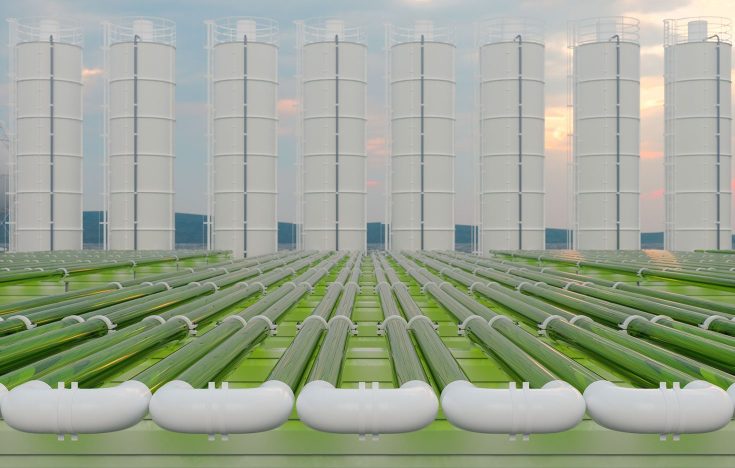Carbon Capture Utilisation Storage (CCUS) is considered by many to be an important clean technology to support carbon intensive industries in their transition to net zero. The International Energy Agency (IEA) predicts in its 2050 Net Zero Emissions scenario for the energy sector that CCUS applied to high emitting sectors could account for 19% of greenhouse gas emissions reductions if scaled rapidly in the coming years. Driving finance towards CCUS projects and developing infrastructure across the CCUS value chain will be critical; but will rely on sustainable business model implementation.
A known but evolving technology
Carbon capture utilisation storage is a grouped term to describe ways to trap CO2 and either store (CCS) or utilise (CCU) the carbon. Currently, the most advanced and widely adopted carbon capture technologies are chemical absorption and physical separation – using either solvents (amine or methanol) or solid sorbents. This can achieve a high capture rate of up to 80-95% at the point of capture, which is generally performed at the highest concentrated point of gas emission exhausts. The capture rate depends on concentration of CO2 at source however. The technology is evolving rapidly, but challenges remain to ensure efficiency and that the process produces a net climate benefit.
Transporting the captured carbon involves a complex value chain, including shipping, ports, pipelines, truck and rail. Currently around 8000km of pipelines are used, with some innovative operators also retrofitting oil and gas pipelines to transport CO2. However, there remains a large infrastructure gap; the IEA predicts that CO2 transportation infrastructure needs to increase 100 fold in the next 30 years to achieve the 2050 net zero scenario.
The development of the technology has accelerated over the last decade, driven by the urgency of the climate crisis, increase in the price of carbon, and investment in the hydrogen value chain (see box) – which uses CCUS in some of its production processes. Innovation has flourished, and the carbon tech sector has seen the emergence of numerous start-ups, backed by investor appetite.
Industrial clusters are also emerging, bringing together expertise, skills and helping to localise processes across capture, transportation, storage and use. Currently, storage (CCS) is more developed than utilisation (CCU). There are around 30 operational CCS sites in the world according to IEA data in 2020, with more under development in the coming years.
| Difference between CCS and CCU | |
| Carbon Capture Storage (CCS) Process | Carbon Capture Utilisation (CCU) Process |
|
|
